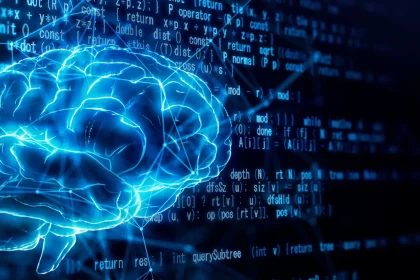To print this article, all you need is to be registered or login on Mondaq.com.
AI technologies bring several new business opportunities, but they also bring a host of new legal questions, including in intellectual property law. A very important question at the intersection of AI and IP is: how do we define inventorship in situations where artificial intelligence plays a role in the creation of an invention?
As AI systems increasingly contribute to inventive processes, questions arise regarding the attribution of inventorship and the adequacy of existing legal frameworks to accommodate these technological advancements. Different jurisdictions are proposing and adopting varying approaches as they grapple with these questions. It is not unlikely that things will continue to evolve over the next several years.
The United States Patent and Trademark Office (USPTO) recently shed light on this by issuing the Inventorship Guidance for Inventions Assisted by Artificial Intelligence which came into effect on February 13, 2024 . The guidance, developed pursuant to the requirements of the Executive Order on the Safe, Secure, and Trustworthy Development and Use of Artificial Intelligence from President Biden on October 30, 2023, intends to provide clarity, predictability and consistency to inventors, patent owners, patent agents and other stakeholders maneuvering through the complexities of AI-generated ideas and inventions .
This development represents a notable milestone in the legal framework surrounding inventions conceived with the assistance of artificial intelligence and will influence how to approach patent protection for such inventions in the United States and elsewhere. This includes taking steps to ensure that patent applications first filed outside the United States can qualify as a basis for priority for applications filed in the United States.
This article highlights key points of the USPTO’s latest guidance on AI-assisted inventions and presents suggestions for increasing the likelihood that patent protection could be sought on such inventions.
The Guidance emphasizes how inventorship focuses on human contributions as the patent system is intended to incentivize and reward human ingenuity. Since its inception, the patent system has been designed to encourage humans to innovate and invent, thus advancing science and the useful arts.
The Guidance reiterates how, under U.S. law, “only a natural person can be an inventor, so AI cannot be” an inventor, nor a coinventor or a joint inventor. Thus, patent applications and patents can’t list any entity that is not a natural person as an inventor, irrespective of the extent to which an AI system may have contributed to the development of the claimed invention.
For patent protection to be obtained, a natural person (the inventor or a joint inventor) must have provided a significant contribution to every claim of the patent application or patent; each claim must have been invented by a natural person, named as an inventor or joint inventor.
A natural person’s contribution to an AI-assisted invention is insufficient to be deemed an inventor in the following circumstances:
The USPTO acknowledges that although an AI system may not be designated as an inventor in a patent or patent application, it can, akin to other tools, carry out actions that, if conducted by a human, might constitute inventorship under US laws. The guidance is explicit that utilization of an AI system by a natural person in creating an invention does not negate the natural person’s contribution as an inventor. A natural person can still qualify as an inventor or joint inventor if they significantly contributed to the claimed invention.
An important takeaway for all applicants seeking to obtain patents for AI-assisted inventions, but especially those outside the United States, is that, according to the Guidance, any priority claim for a patent application in the United States based on a foreign patent application must have the same natural person inventor or have at least one joint inventor who is a natural person in common. Therefore, according to the Guidance, it would not be possible for a U.S. patent application to claim priority based on a foreign patent application if that foreign patent application names an AI system as the sole inventor.
As the presence of AI-based tools becomes increasingly prevalent in research and development processes, it would be prudent for innovative organizations who use such AI-based tools to assess whether the levels of human involvement are sufficient to keep open the possibility of seeking valid patent rights in the United States or whether adjustments should be made.
Per the Executive Order, additional guidance specific to the intersection of AI and IP which could include guidance on patent eligibility to address innovation in AI and critical and emerging technologies are forthcoming.
Footnotes



